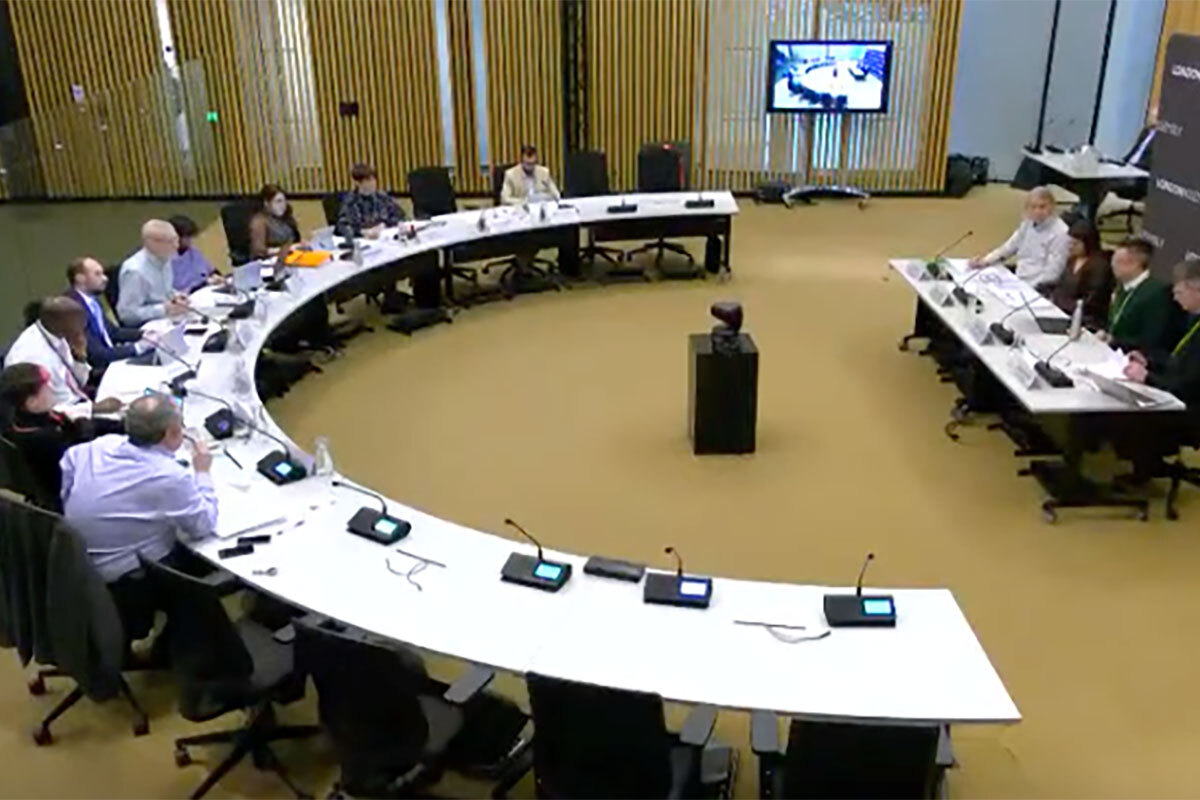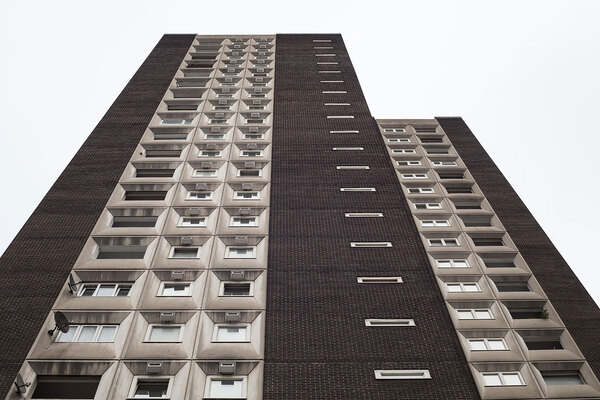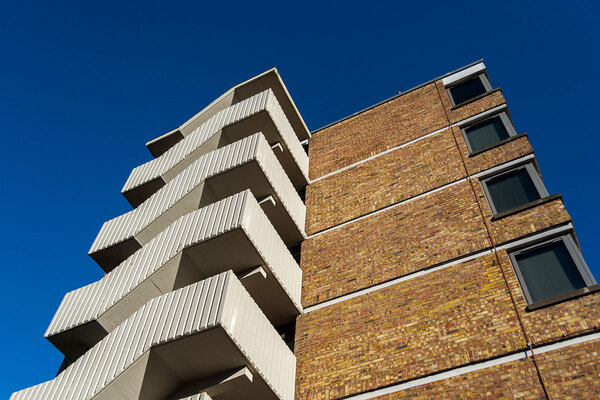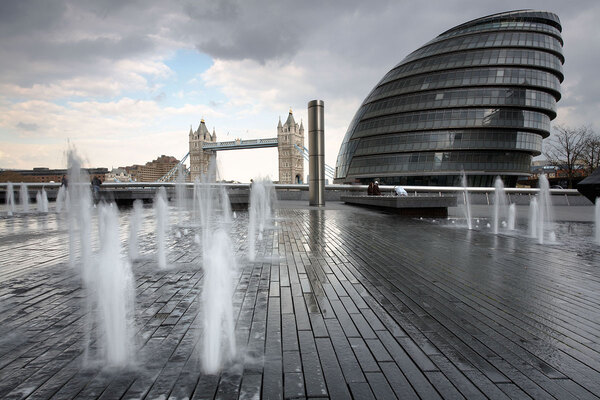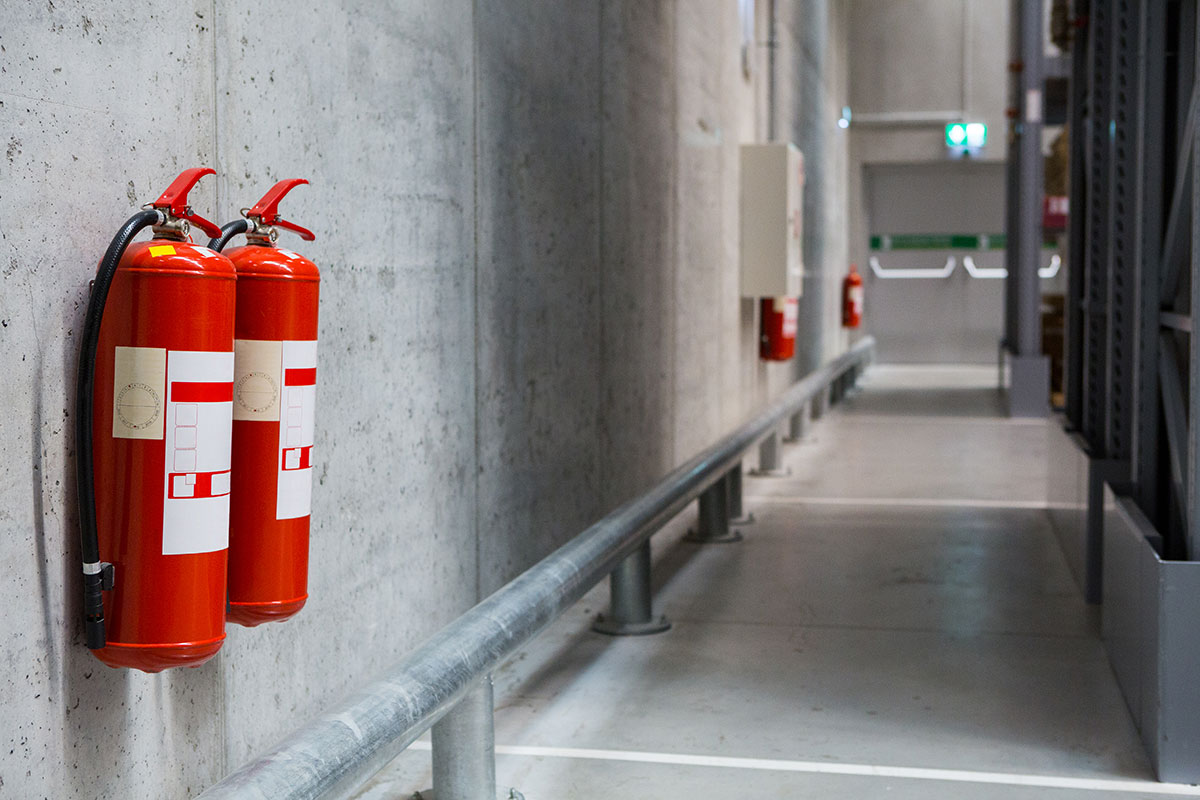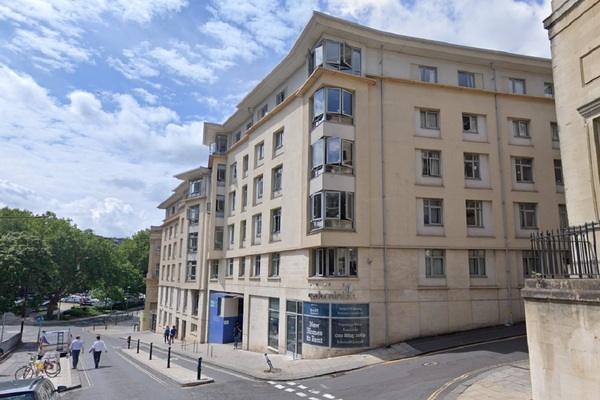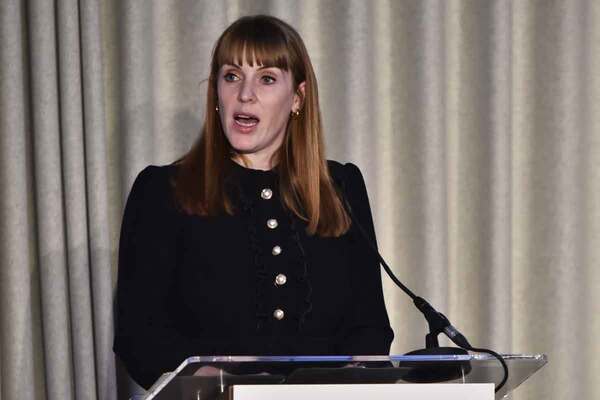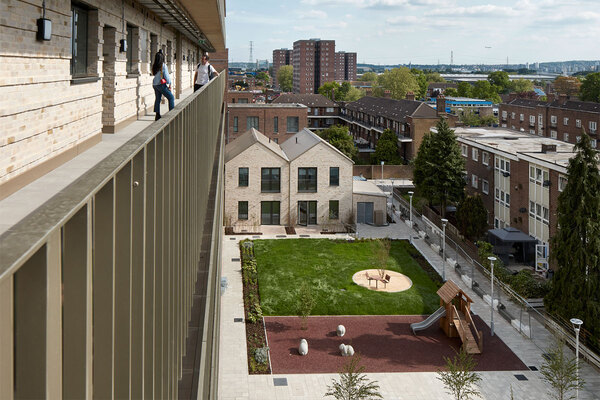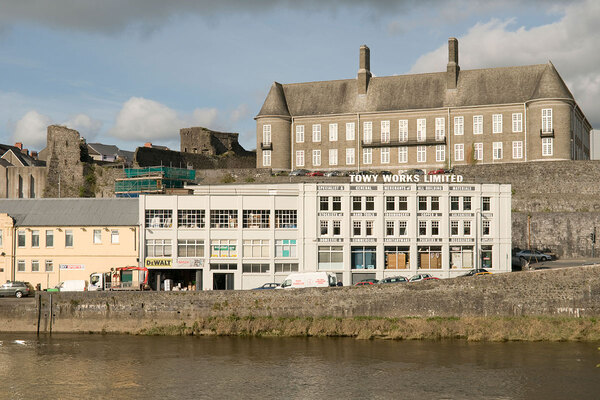Confusion around second staircases is stalling sites in the capital, London Assembly members told
Confusion around second staircases and additional lifts in high-rise buildings is causing development delays across the capital, London Assembly members have been told.
On the issue of the need for additional fire safety in tall buildings in the wake of Grenfell, Jules Pipe, deputy London mayor for planning, regeneration and skills, said: “Sadly, there is confusion because of the recent development with British Standards, raising the requirement of more than a single staircase and additional lifts.
“With additional lifts, you need additional refuge space and an additional core, even if there are only eight flats. It is putting scheme viability in question and, in the short term, the issue is causing stalling. Some major sites in London are being stalled by questions of viability because of this.”
Mr Pipe spoke during a meeting of the planning and regeneration committee.
Research commissioned by the government has found that the evacuation time from a high-rise block is halved when there is a second staircase.
Following these findings, it published guidance on second staircases in April last year, which included a two-year transition period to meet the new requirements.
During the meeting, Mr Pipe was asked to explain more broadly about how the Greater London Authority (GLA)’s policy on tall building is working.
He said: “Broadly, Part C of the policy, on the impact and quality of buildings, is working. But Part A, which concerns the definition of tall buildings, and Part B, on their location, have been problematic.
"Definitions vary from borough to borough, and there is ambiguity about Part B and different views about its usefulness.”
He argued that because of the advisory and challengeable nature of planning law, Part B could not be relied on to be upheld by courts. The GLA member added: “‘Should’ is not written into the London Plan. ‘Must’ may be included but where it is, it is not enforceable.”
Citing the Hillingdon Judicial Review from 2021, Mr Pipe said: “The case showed that 9B cannot be taken as a gateway policy. It has been proved by case law that tall building cannot be stopped.”
He suggested that tall building policy could be revisited by the assembly in the next London Plan, perhaps acquiring statutory force.
The next plan is expected to be published in March and then adopted in 2027. The process for developing the plan includes a high-level document produced by the planning and regeneration committee for the London mayor.
Committee and assembly members also heard how planners have little ability to prevent the growth of high-rise residential development in London, despite the perception that such housing is not desirable for tenants on low income with families and fears over fire safety.
Section 9 of London Plan of 2021 allows London boroughs to specify the size, location and impact of tall buildings of more than six storeys in their planning policies and agreements.
But a judicial review in 2021, which ruled for the London mayor against Hillingdon Council, means that borough planners cannot refuse permission for tall buildings on height grounds alone.
The committee learned that with development sites scarce, high-density residential buildings – in some cases blocks with more than 40 storeys – have proliferated in inner-London boroughs since the ruling, especially in town centre areas, opportunity zones and transport clusters.
These buildings have been favoured by planners, for example in Tower Hamlets, Southwark and Lewisham, because they offer high density and reduce car use, in line with active transport policies.
Andrew Boff, chair of the planning and regeneration committee, said: “We’ve had evidence before that tall buildings aren’t suitable for families.”
This statement was echoed by assembly member Shaun Bailey. He noted that living in a tall building would not be the first option for most families with children who are on housing waiting lists in London.
Colin Wilson, head of regeneration – Old Kent Road at Southwark Council, said a housing offer in this development would typically be a three-bedroom flat in a mid-rise block, with a generous-sized balcony and good communal space.
He added: “If you think of people moving in off our local waiting list, they don’t have to move their school or GP, or change their job. I don’t think there are problems with families living tall buildings.”
Flats in the tallest blocks were allocated to private and co-living tenants and students.
Jessica Potter, urban design team leader – Old Kent Road regeneration at Southwark Council, said: “While we are making sure there is co-living and student housing, we’re also making sure that affordable housing is available. Tenants are happy with living in mid-rise towers. They’ve lived in flatted accommodation before. They are more concerned that they have the space and quality they wanted.
“We are delivering 51% affordable homes in Old Kent Road. Tenants are moving out of overcrowded housing and getting good-sized one, two and three-bedroom flats, with good amenities and courtyards.”
Michael Ritchie, placeshaping manager at Tower Hamlets Council, told the committee: “Tower Hamlets has a lot of tall buildings and we expect to deliver a lot more. In 2019, we surveyed a thousand people who lived in 10 tall developments on different floors. Generally speaking, people were positive about it, which is not what we were expecting.”
Sign up for our fire safety newsletter
Already have an account? Click here to manage your newsletters
